para los españoles traducción, haga clic en este botón
Mission The Piñata Dance Collective celebrates our diverse heritages, our inclusive identities and our artistic innovations through multi-media contemporary dance performance and education.
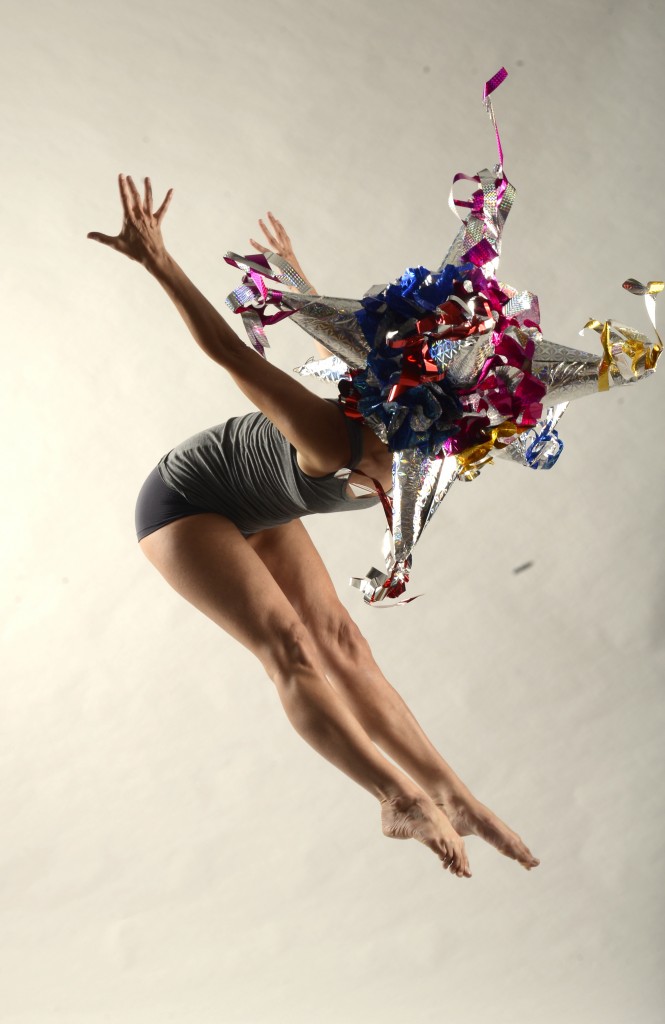
Photo Credit: Su Pang, Dancer: Liz Duran Boubion
Artist Statement
Piñata Dances confront identity, the impermanent nature of the body and offer a global context that reveals the history and meaning of La Piñata as a breakthrough ritual.
Continually framing my choreography are issues of identity, relationships, ecology and cultural relevance. By destabilizing assumptions related to race, class, gender, sexuality, body type or religion, by never accepting them as given or universal, I look for ways to interrupt physical and mental patterns of oppression to generate new movement in our individual bodies and collective unconscious. As artists accessing site-specificity, creating collaborative scores, including audience participation or creating a ceremonial context can serve to build community and to innovate. With my technical experience in contemporary dance, my background in Expressive Arts Therapy, and my graduate work in Interdisciplinary dance, I maintain my commitment to the coalescence of performance, somatic therapy, community and cultural wellness through the arts.
Like a Piñata, I am constantly re-creating myself, grappling with impermanence and scrambling to gather the goodies from within. See video excerpts.
Por Que La Piñata?
…La Historia The Piñata holds ancient and contemporary implications of celebration, loss and regeneration for Latina/o culture and the world at large. Originally, before it was the paper mache sculpture filled with candy that children smash open with a blindfold and stick, the Piñata was birthed in China as a New Year celebration. During his travels in China, Marco Polo gathered it up and brought it back to Italy where it was appropriated to Catholicism representing 7 deadly sins. From Italy it swung to the Spaniards who colonized Mesoamerican countries.
In Mexico, the Aztecs had their own ritual during the winter solstice that included the breaking open of a clay pot filled with water as a prayer for the return of the Sun God, “Huitzilopochtli”-(“Hummingbird on the Left”). In essence, it was a prayer for sustainability which is relevant for our precarious world today. The conquistadores subjugated that ritual and replaced it with Las Posadas during Christmas time. Now, the secular Piñata is used for many occasions including birthday parties which personalizes the game, singing “Dale Dale Dale, no pierdas el tino, porque si lo pierdes, pierdes el camino…”(Hit it Hit it Hit it, don’t loose your aim, if you loose it, you loose your way”).
As a choreographic process, Piñata has a changing score. It is a symbol of impermanence and the temporary nature of the body. It is a mestiza (mixed-race) entity reflective of the choreographer and the culturally diverse representation of the performing company members. “Piñata” deconstructed, has been performed in several venues as a multi-media stage performance, an outdoor community ritual, a gallery installation, or a public workshop that includes an interactive performance with the audience. As performers, we embody the physical and emotional imagery of Piñata and work symbolically with what is inside shaping our movement and sound. The mythology changes with each performer and each setting.
Echoing the fore-mothers of 20th century Modern Dance, from my point of view, performance art is always a ceremony by way of its inherently social nature. Regardless of the intended subject and content of the performance, when we gather, we serve the community offering an embodied, agreed upon center in time and space with hours of preparation, reflection and experimentation. My desire is to “recenter” the arts and art education as a pinnacle value for American culture that can replace football and consumerism which is where the main stream looks for connection and will pay any price to be included. From an ecological perspective, artists are the mushrooms of the planet. We are the immune system of culture absorbing the toxins of society. We transform them into myths, beauty, nourishment and medicine.
Just as the Piñata has survived through the agonizing history of colonization and appropriation… from China, to Italy, to Spain, to Mexico, and all Latin American countries, it still hangs in back yards all over the world as a celebration of birthdays, Las Posadas, and even an act of political resistance. It’s meaning has changed and shifted over centuries yet it’s essence in action is to “breakthrough” something. It is a dramatic outlet for our creative and rebellious spirits.
Donations: Your monetary contributions will support our work by paying for rehearsal space, theater space, artists fees, tech crew fees, production staff, stage materials, equipment and costuming.
See Videos: http://lizboubion.org/?page_id=263
Performance Chronology of PDC
Piñata Dance Collective has been exploring the impermanent nature of the body and the sustainability of temporal art forms through deconstructed Piñata rituals since 2011. Placing value on identity, ecology and cultural relevance is making a bridge between several communities for the 2nd generation, Chicana and queer choreographer, Elizabeth Duran Boubion, MFA, RSMT. Boubion has a BA in Dance, an MFA in Interdiciplinary Art and is a Registered Somatic Movement Therapist. After creating an ancestral production called “Maclovia’s Birds”, at Dance Mission Theater, Liz has worked with over 40 artists in 16 Piñata Breakthrough performances in the US and Mexico. Since graduating from the Tamalpa Institute in 2007, Boubion has had 7 artist residencies in the US and Mexico, was featured in SF Arts Monthly in 2015, was published in Dancers Group InDance Magazine in 2014 and 2017, and has aired on KPFA’s Cronica de La Raza and KALW’s Crosscurrent programming. She has performed in several venues and festivals including: Zaccho Theater/Mbongui Square, CSU East Bay/Queer Dance Festival and Indigenous Dance Festival, The Garage, Dance Mission Theater, Berkeley Art Museum of Pacific Film and Archives/SALTA, Safehouse Arts, The Central Valley Dance Festival, SF Queer Arts Festival/Mixed Blended & Whole, and won a choreographer’s award at ODC’s “Take Five”.
After being chosen among 160 applicants for an artist residency, in Jalisco, Mexico in 2014, Boubion invited musical collaborators, ALARIETE who participated in her 2 week performance intensive “Temporario Contemporanéa” to inaugurate the first annual ¡FLACC! Festival of Latin American Contemporary Choreographers (see www.flaccdanza.org) celebrating 8 contemporary Bay Area choreographers of the Latino Diaspora at the Temescal Art Center in Oakland, Ca. The artists included: ALARIETE, Detour Dance, Natta Haotzima, Diana Lara, Zari Le’on, Piñata Dance Collective, Rogelio Lopez and Davalos Dance. See 2014 video excerpts. A year after the festival, Boubion was invited back to Jalisco to choreograph a duet at Galeria Ajolote, and lead a three-day residential dance retreat titled Eco-Somatic Integration.
In 2015, PDC partnered with Mission Cultural Center for Latino Arts in San Francisco for the 2nd Annual ¡FLACC! creating 3 evenings of dance that featured 7 Dance Companies: David Herrera Performance Project, Zari Le’On Dance Theater, Davalos Dance, Piñata Dance Collective, Rogelio Lopez and Dancers, Juan Aldape and Detour Dance. See 2015 video excerpts.
¡FLACC! 2015 also hosted a Friday teaching series at MCCLA that included 8 master classes with: Arturo Fernandez(Lines Contemporary Ballet), Diana Lara(Body Mind Centering), Emmeline Gonzales-Beban(Ballet Folklorico), Zari Le’On(Contemporary Vernacular), Rogelio Lopez (Modern-Release), CatherineMarie Davalos(Modern Dance), Elizabeth Duran Boubion (Contact Improvisation and Modern-Release). Also curated by Elizabeth Duran Boubion.
As part of National Latino History Month in September 2015, a panel discussion for ¡FLACC! choreographers was hosted by the Center for Art and Social Justice at California Institute of Integral Studies, moderated by ¡FLACC! choreographer, Juan Manuel Aldape, PhD Candidate in Performance Studies at UC Berkeley.
¡FLACC! 2016 celebrated 16 choreographers at Dance Mission Theater with post-show discussions with the audience and held a fourth panel discussion at UC Berkeley moderated by Juan Aldape.
¡FLACC! 2017 featured 8 choreographers at Dance Mission Theater and was curated by our new co-director, Juan Manuel Aldape Muñoz. Piñata Dance Collective created a dynamic piece in the program responding the rape culture and the commodification of women titled #DontGrab
- 360 Xochi Quetzal, “Temporario Contemporánea”, Guadalajara, MX
- PDC Guadalajara!
- Piñata Dance Collective/Dance Anywhere March 2015/ MCCLA
- Marco Polo
- Photo Credit: Matt Haber
- “Mixed Blended and Whole” at The Garage
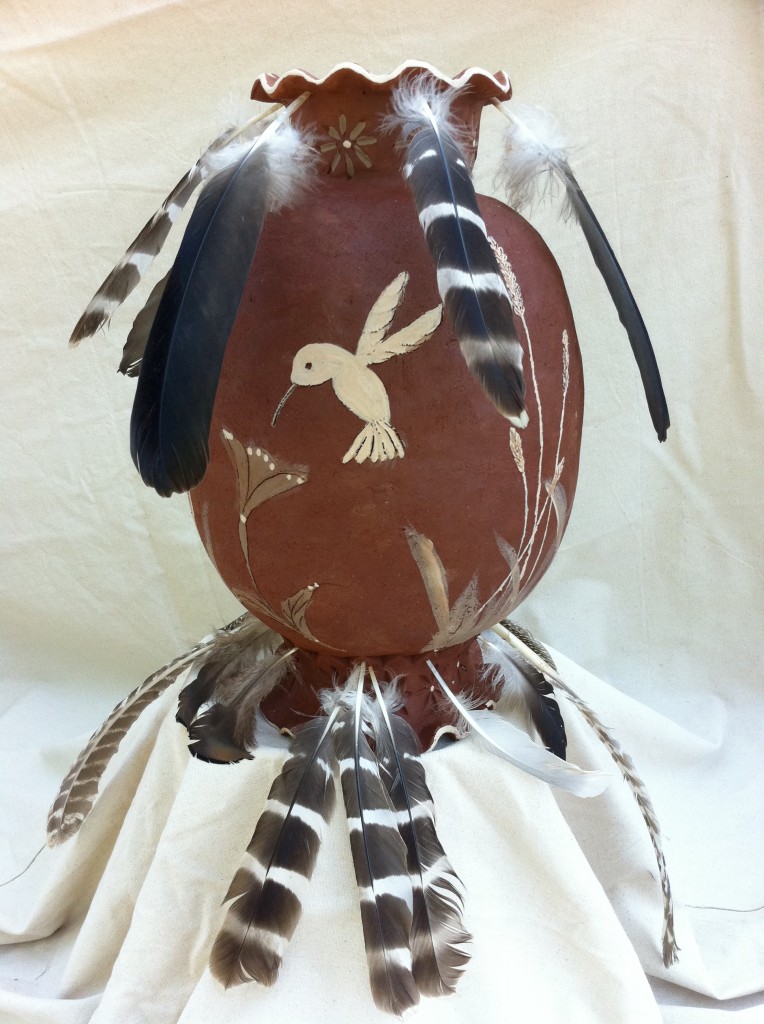
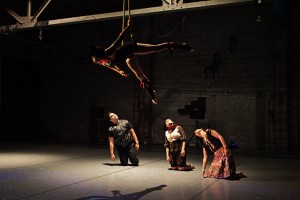
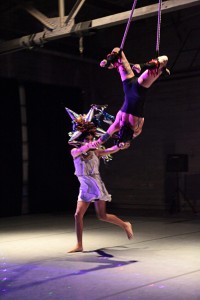
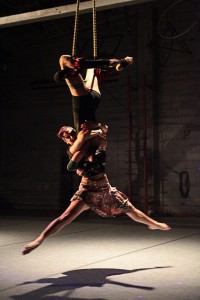
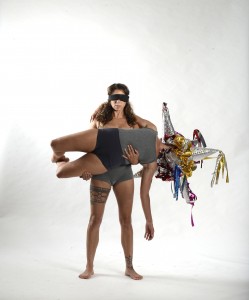
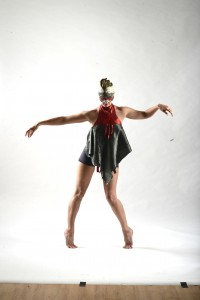
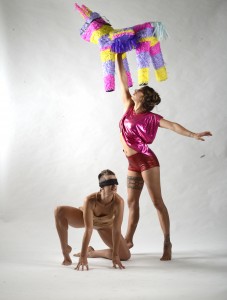
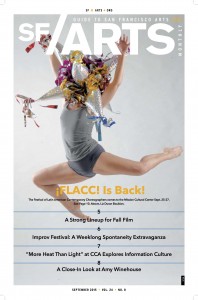
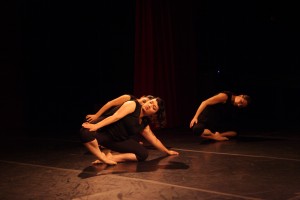
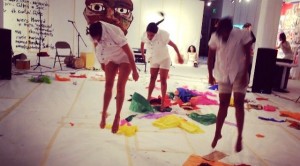
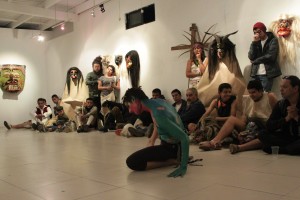
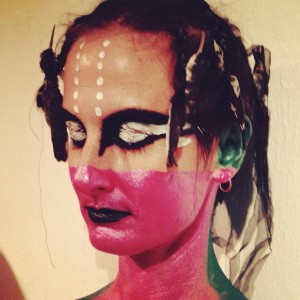

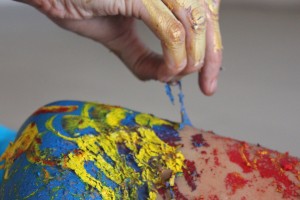

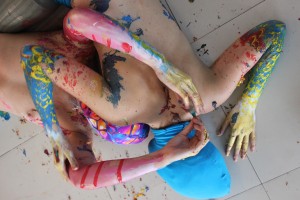
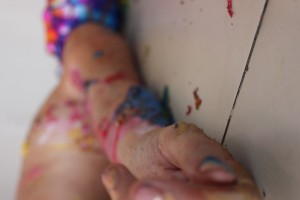
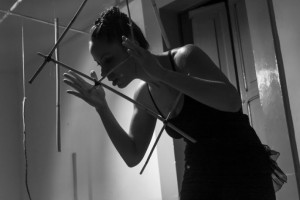
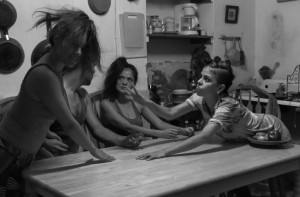
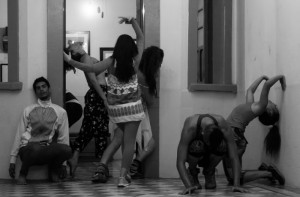
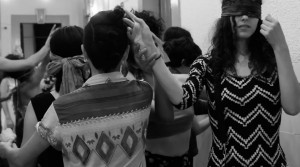
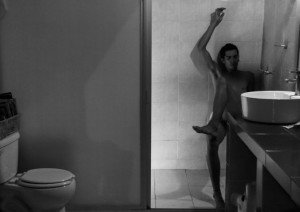
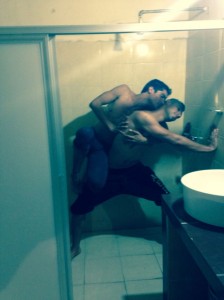
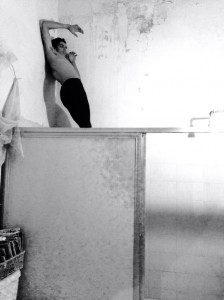
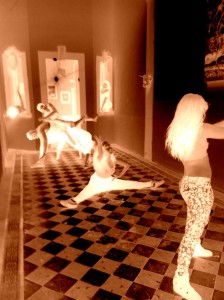
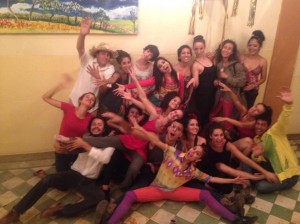
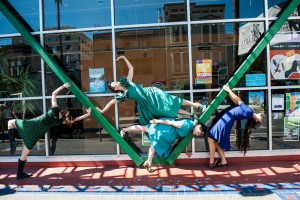
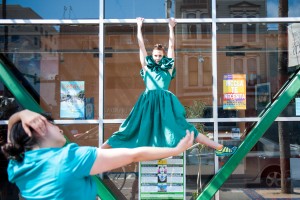
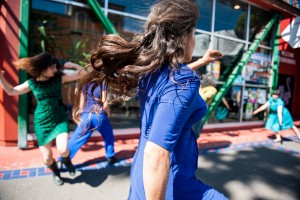
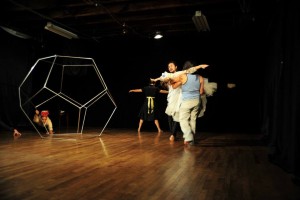
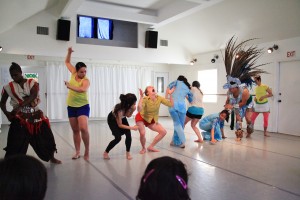
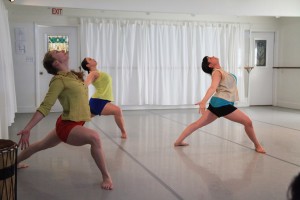
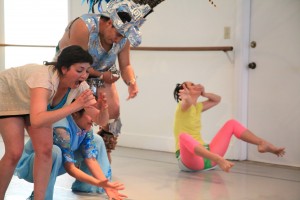
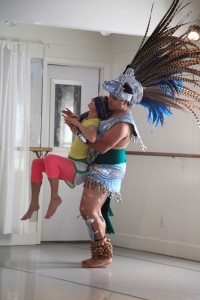

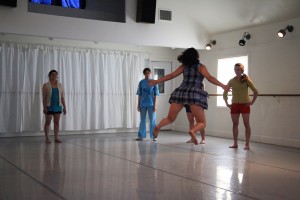
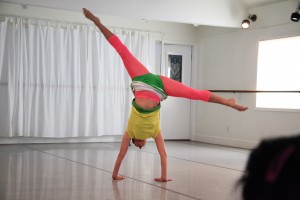
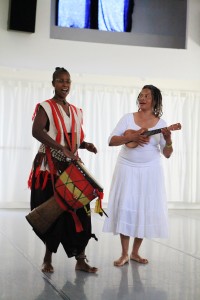
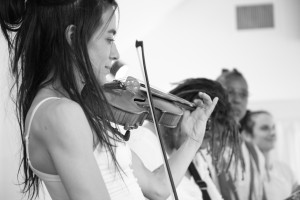
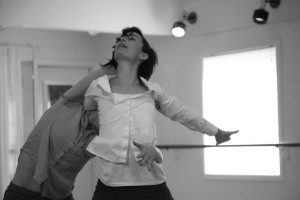
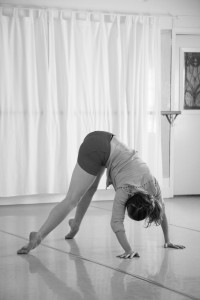
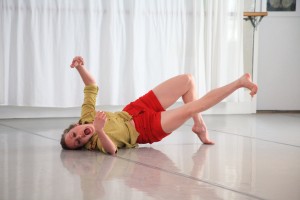
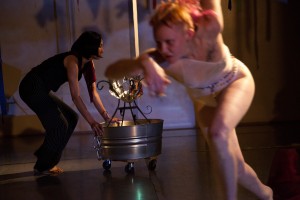
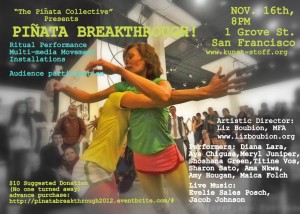
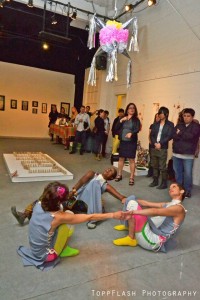
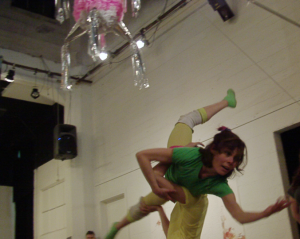
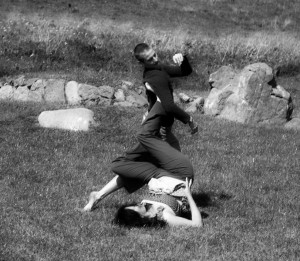
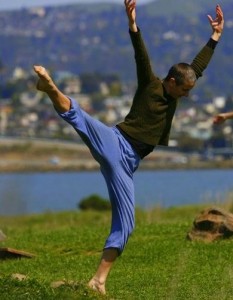
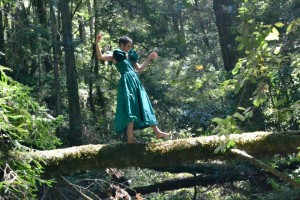
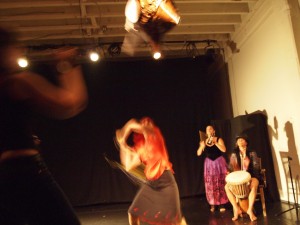
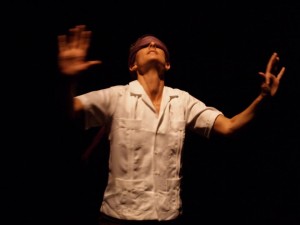

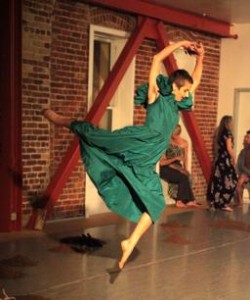
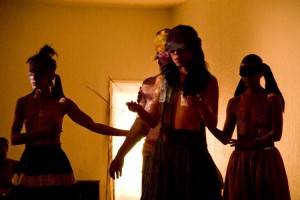
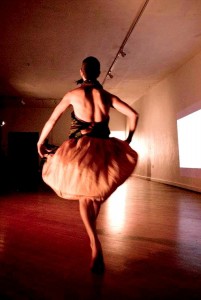
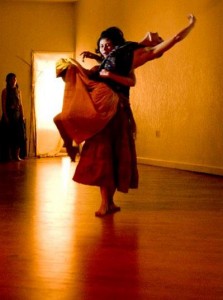
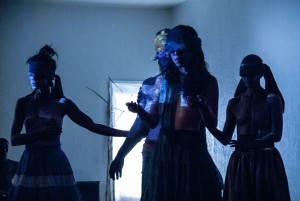
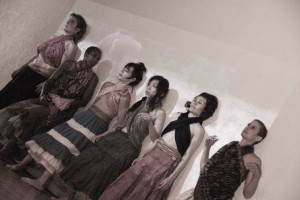
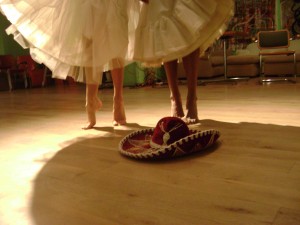
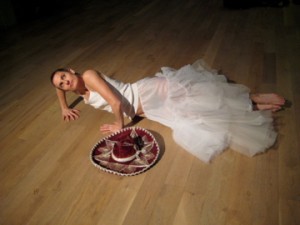

Pingback: ¡FLACC! – Liz Anders